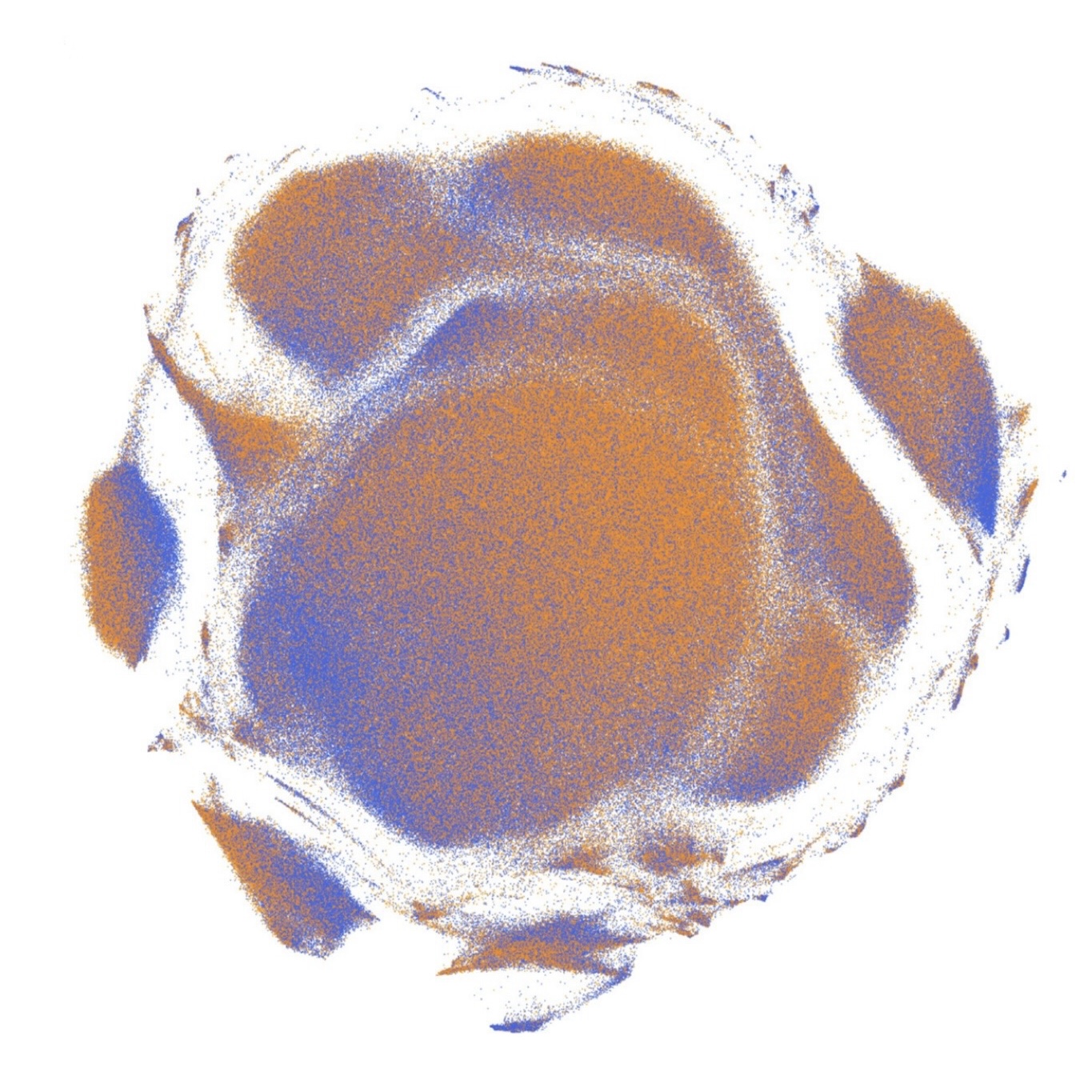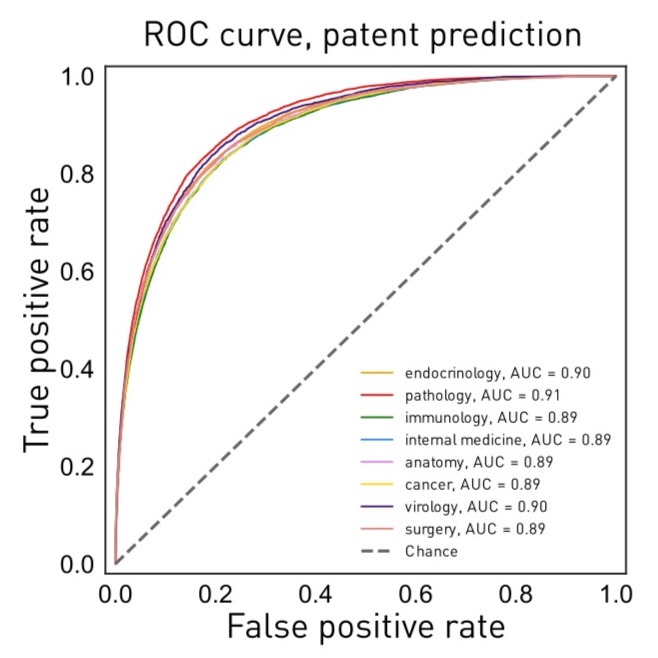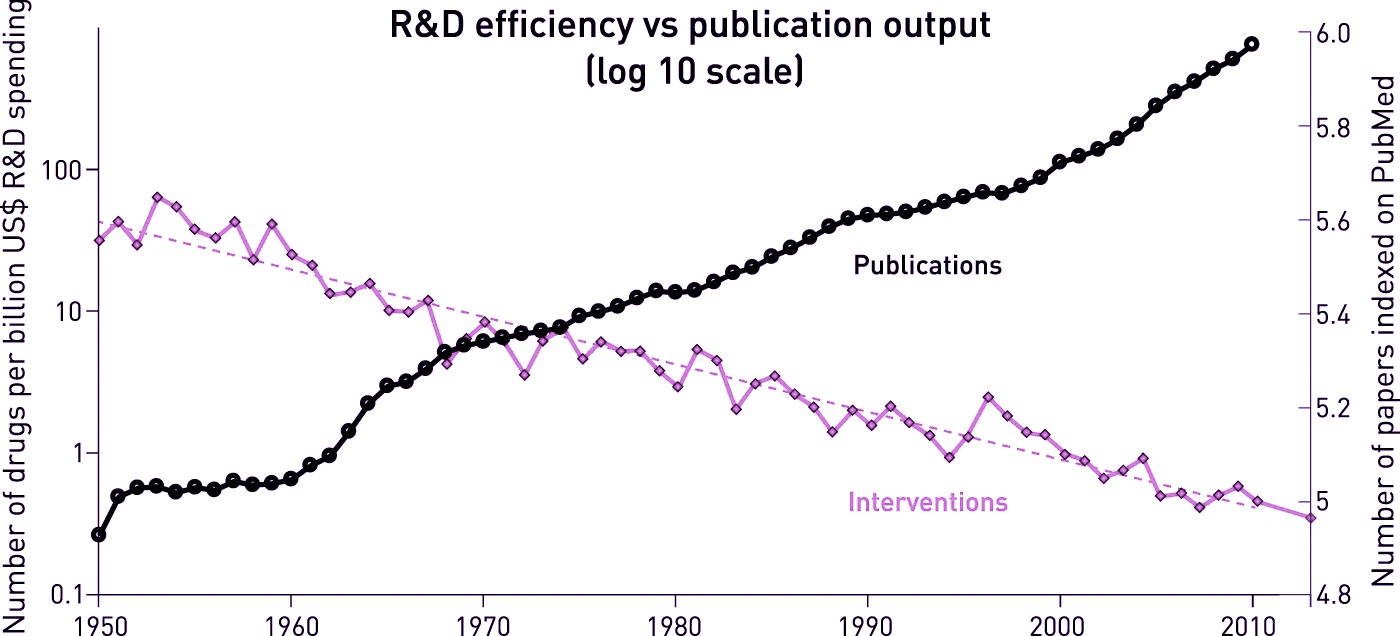The feedback loop that drives innovation is too long to optimise it effectively
The average time for regulatory approval in the united states is 12 years for drugs, and 7 years for medical devices 2. This delay makes it very difficult to reward impactful research, and therefore to incentivise it.

Innovation in Numbers
Innovation is slow, difficult, and poorly correlated with citations
12 years
Average time for a regulatory drug approval in the United States 2
0.004%
Percentage of basic research that eventually leads to clinically useful treatments 3
3 / 5
Authors producing the most highly cited work are not funded by the major funding body in the US 4
80 of 97
Nobel Laureates were not among the most highly cited researchers 5
Our Solution
We believe that we can predict impact from rich parameterisations of research content, and use these to build accurate models of impact 6
Rich Parameterisation of Academic Literature
Large Language Models can produce succinct representations of the scientific literature that reveal the separation between papers with (orange) and without (blue) patents.


Our models predict impact with high fidelity
Models trained on these representations exhibit state of the art performance on predicting patent and policy inclusion.
Predicting Nobel Prize Winners
Our model can predict Nobel Prize winners without explicit training on this task, relying purely on the learnt impact signal.
23 / 166
Building an AI to predict Nobel Prize winners based on citation data only, achieves poor recall.
86 / 166
An AI model trained on metadata can achieve better recall. But we can do better.
103 / 166
Our AI model combines metadata and content, and achieves the best performance of models tested.
References
- Nachev, P., Herron, D., McNally, N. et al. Redefining the research hospital. npj Digit. Med. 2, 119 (2019)
- Van Norman GA. Drugs, Devices, and the FDA: Part 1: An Overview of Approval Processes for Drugs. JACC: Basic to Translational Sci. 2016 Apr 1;1(3):170–9.
- Contopoulos-Ioannidis D.G., Ntzani E., Ioannidis J.P.A. Translation of highly promising basic science research into clinical applications. Am. J. Med. 2003;114:477–484.
- Nicholson, J., Ioannidis, J. Conform and be funded. Nature 2012; 492, 34–36.
- Kosmulski, M. Nobel laureates are not hot. Scientometrics 2020; 123, 487–495.
- Nelson AP, Gray RJ, Ruffle JK, Watkins HC, Herron D, Sorros N, Mikhailov D, Cardoso MJ, Ourselin S, McNally N, Williams B, Rees G, Nachev P. Deep forecasting of translational impact in medical research. Patterns. 2022 Apr 8:100483.
